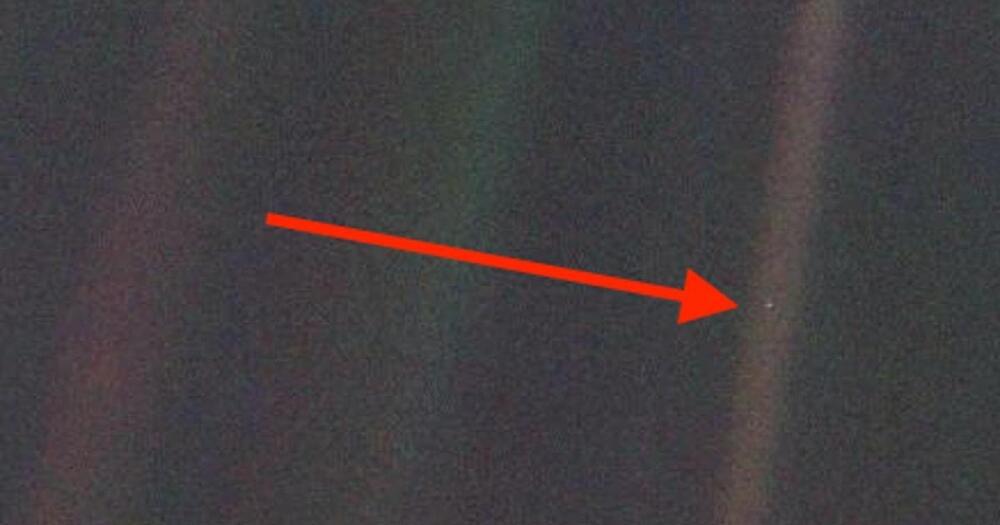So much room for activities.
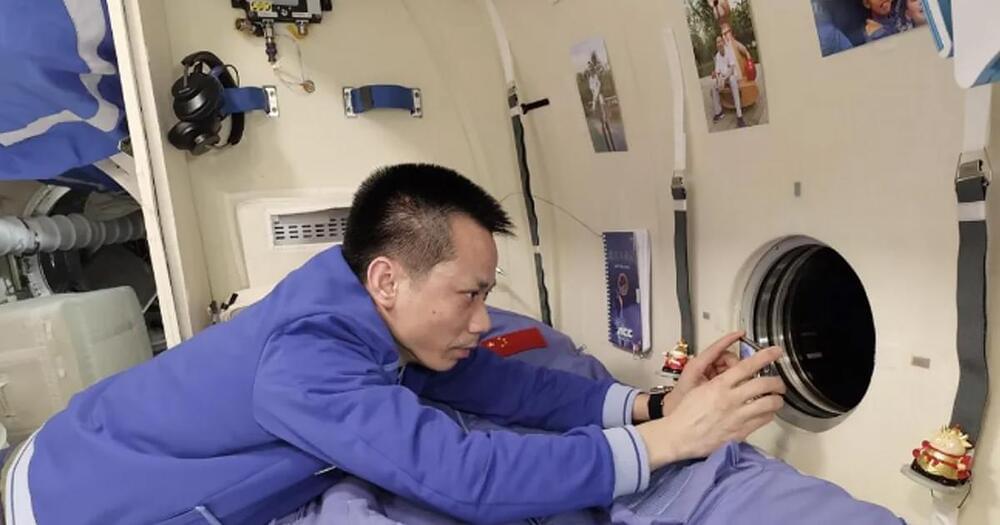

It turns out, Mars was always fated for a waterless destiny.
New observations from robotic explorers like NASA’s Perseverance and Curiosity have revealed much about the ancient past of the Red Planet, where liquid water flowed throughout the planet’s surface. It used to have lakes, streams, rivers, and perhaps even a colossal ocean stretching around the horizon of Mars’ northern hemisphere. For decades, scientists have thought the weakening of the Martian magnetic field enabled charged particles from the sun to strip away the atmosphere, literally blowing away the bodies of water.
But a deeper, more primary cause for the move from wetness has come to light: Mars was always too small to retain its surface water forever, according to a new study published in the journal Proceedings of the National Academy of Sciences.
Dr. Ryuki Hyodo. Credit: JAXA
At ISAS, researchers watched the progress with particularly keen attention. In just a few years from now, we are about to attempt the same feat of visiting the Martian sphere. But for us, the destination is not the red planet but its two small moons. The Martian Moons eXploration (MMX) mission is scheduled to launch in the fiscal year of 2024. Largely ignoring the looming presence of Mars, the spacecraft will focus its suite of observing instruments on the moons, Phobos and Deimos. The mission plans to land on Phobos and collect samples to bring back to Earth in 2029. It is these barren moons that scientists believe contain evidence of the early days of the Solar System, and how habitability may have flourished and died on the planet below.
Dr. Ryuki Hyodo is researcher in the division of Solar System Sciences at ISAS, working on simulations of how the moons formed. Hyodo holds one of the institute’s independent ITYF (International Top Young Fellowship) positions; a program designed to support and promote talented researchers from around the world in the early stage of their careers. He explains that the first mystery surrounding Phobos and Deimos is how they came to be there at all. In fact, there are two main competing theories for how the moons formed.
ESA’s Rosalind Franklin twin rover on Earth has drilled down and extracted samples 1.7 meters into the ground – much deeper than any other Martian rover has ever attempted.
The successful collection of soil from a hard stone and its delivery to the laboratory inside the rover marks a promising milestone for the ExoMars 2022 mission.
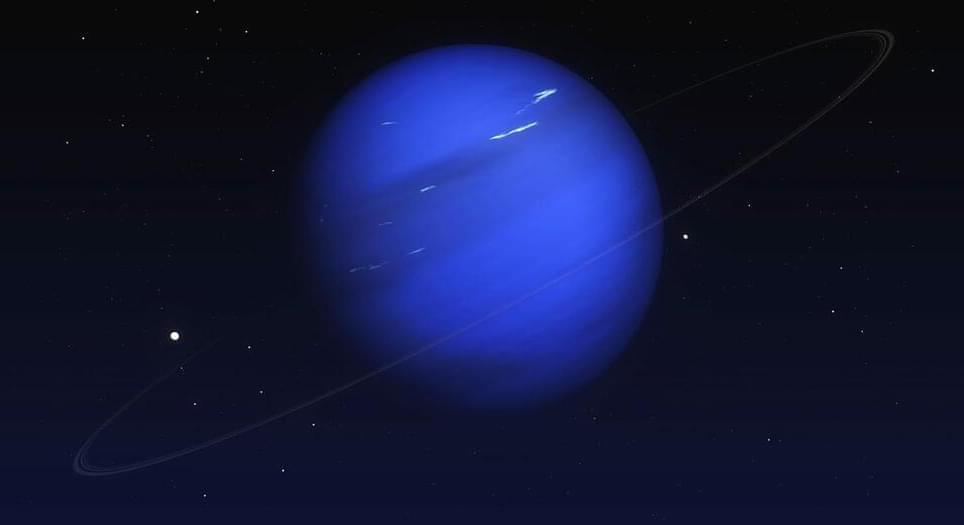
Researchers believe that mushy blobs on Uranus are hiding lots of gas.
More specifically, scientists have discovered that “mushballs,” large slushy hailstones made of ammonia and water, might be causing an odd atmospheric phenomenon on Uranus, according to a press release about the research. The mushballs, which are also present on Neptune, might be carrying ammonia into the two planets’ atmosphere and hiding the gas from detection.
The balls might actually be the secret behind why scientists can’t detect ammonia in the atmospheres of Uranus and Neptune — which is odd because it’s abundant with other gasses like methane.
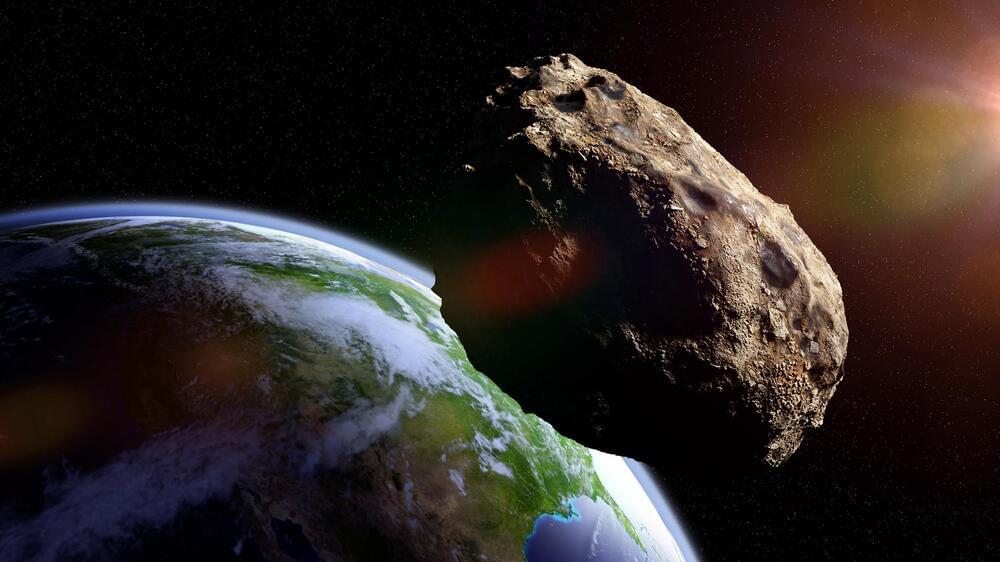
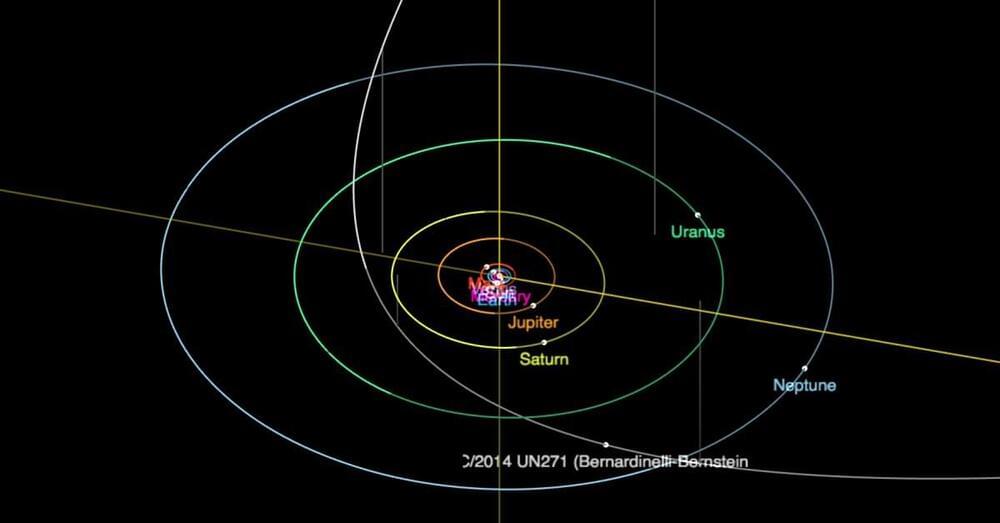
Two interactive web experiences let you explore the Martian surface, as seen by cameras aboard the rover and orbiters flying overhead.
It’s the next best thing to being on Mars.
Mars is the second smallest planet in our solar system and the fourth planet from the sun. Iron oxide is prevalent in Mars’ surface resulting in its reddish color and its nickname “The Red Planet.” Mars’ name comes from the Roman god of war.
What would a world without banks look like? The answer may lie in decentralized finance.
Decentralized finance is an emerging ecosystem of financial applications and protocols built on blockchain technology with programmable capabilities, such as ethereum and solana. The transactions get executed automatically through smart contracts on the blockchain, which includes the agreement of the deal.
“Anyone can actually build businesses on top of these protocols and using them the same way as we can today build an internet business on top of the HTTP IP protocol,” said Stani Kulechov, founder of a DeFi protocol called Aave.
Decentralized finance has captured only 5% of the crypto space, according to CoinGecko, but it has seen massive growth recently. There was $93 billion worth of DeFi assets in the crypto market as of June 2,021 up from $4 billion just three years ago. To be sure, DeFi’s growth has slowed since the summer of 2,020 and regulatory scrutiny from Capitol Hill has spiked over fears of crypto’s checkered past.
1:17-Chapter 1: The ABCs of DeFI
3:16-Chapter 2: The DeFi boom.
5:45-Chapter 3: Why people are excited about DeFi.
7:31-Chapter 4: What’s next?
» Subscribe to CNBC: https://cnb.cx/SubscribeCNBC
